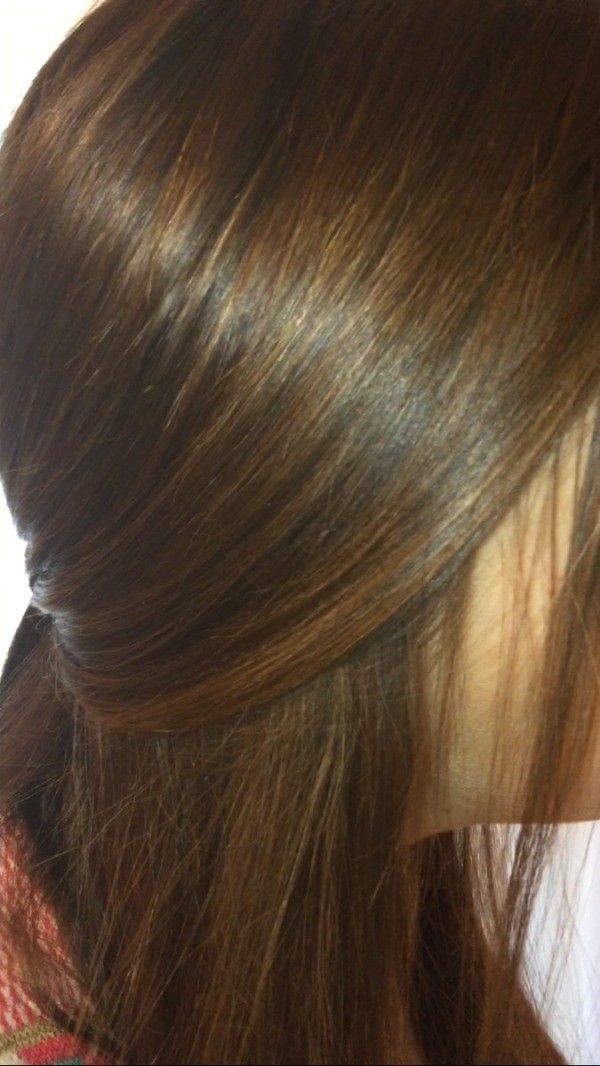Ethanolamine, Ammonia, or Salt Carbonate in Hair Color
While beauty salon clients just come into contact with ammonia in hair color about once every few weeks, hair colorists work with it on an everyday basis. The typical beauty parlor expert's profession will only last 8 years because it will be cut short by illnesses related to breathing, anxiety, weight problems, or chronic tiredness syndrome; which all have been closely associated to persistent exposure to ammonia.

Ammonia is utilized in hair color to raise the cuticle of the hair enabling the pigments to penetrate into the hair shaft and oxidizes to develop a long-term color impact. All permanent hair dye consists of such an alkaline agent to permit the hair color to penetrate the cortex of the hair. Ammonia is a caustic destructive that irreversibly harms the cuticle during the hair color process. It also damages the hair's tyrosine protein that is responsible for controling the production of melanin, which is the hair's natural color pigment. Damaging the tyrosine protein makes it impossible for hair to "hold" both its natural and any synthetic color, which is why making use of ammonia-based color undoubtedly causes color fade. Lastly, ammonia corrodes both the sebaceous glands and hair roots in the scalp leading to fragile, thinning hair.
Many beauty salon experts have actually accepted ammonia as a "required evil" in permanent hair dye, there are in fact really good options. These 2 options, while considerably more pricey as raw ingredients, are options that are far much better suited and safer than ammonia in hair color.
It is fascinating to note that both ethanolamine and sodium carbonate have actually been utilized in demi-permanent hair color for years. The purity, or grade, of either ethanolamine or sodium carbonate that is required to adequately raise the cuticle is much greater in long-term hair color than demi-permanent color, making the expense burden higher. Nevertheless, the pleasantness, performance, and health (neither ethanolamine and salt carbonate share the very same putrid, poisonous, odor of ammonia) compare to ammonia can not be disregarded. The following benefits of ethanolamine and sodium carbonate need to be considered when picking a much healthier and much better performing alternative to ammonia-based hair color:
Ethanolamine: Ethanolamine is by far the most safe alkaline representative offered for hair color today. Some innovative hair care business have developed advanced hair color innovations that suspend the ethanolamine particles in a soy oil base. It is ethanolamine's main alcohol characteristic that makes it possible to be suspended in a soy oil base as neither sodium carbonate (a primary salt) or ammonia (a primary base) will dilute with oil.
Ethanolamine has a tendency to gently swell the hair cuticle open instead of causing any rust related to ammonia. It will not damage the hair's tyrosine protein, disable the hair's capability to "hold" either permanent or natural pigment, damage hair follicles or the scalp's sebaceous glands, or otherwise aggravate sensitive scalps. Ethanolamine does not pose any health risk, has a molecular weight big enough to be too big to be taken in through the scalp's pores and https://www.hairworks.com.au/product/beauty-products-victoria/100-emeralds-rinestones/ roots and into the blood stream, and (when suspended in a natural oil such as soy) will not vaporize and actually have a deep conditioning impact on the cuticle.

Hair color grade ethanolamine, of the quality necessary to produce a permanent hair color result, is cost expensive for most hair color manufacturers. The only permanent hair color lines that utilize ethanolamine as their primary alkaline representative are innovative professional-only hair color lines.
Sodium Carbonate: more frequently known as "soda ash" or "washing soda" is a strong based typically utilized in pool to reduce the effects of the acidic results of chlorine and likewise used as a water softener. Sodium Carbonate is a sodium salt, so its use in hair color has been restricted to demi-permanents because its damage to the hair cuticle is nearly as bad as ammonia. Although sodium carbonate is a much healthier option than ammonia has made it possible for a number of demi-permanent colors to be manufactured and mass-marketed to more youthful populations. Because salt carbonate does not enhance the overall efficiency of hair dye, and the concentrations needed to lift the cuticle enough to produce an irreversible hair color effect, sodium carbonate has actually not been adopted in any expert grade permanent hair dye today.
Beauty salons interested in discovering more about natural salon items must educate themselves on Organic Color Systems which is an advanced, professional-only hair color which does not include any formaldehyde, ammonia, or resorcinol and maintains the hair's natural beauty by offering a nourishing, healthy treatment that does not damage the hair's structural stability. Organic Color Systems is also advised by medical professionals for pregnant females and cancer treated hair.

